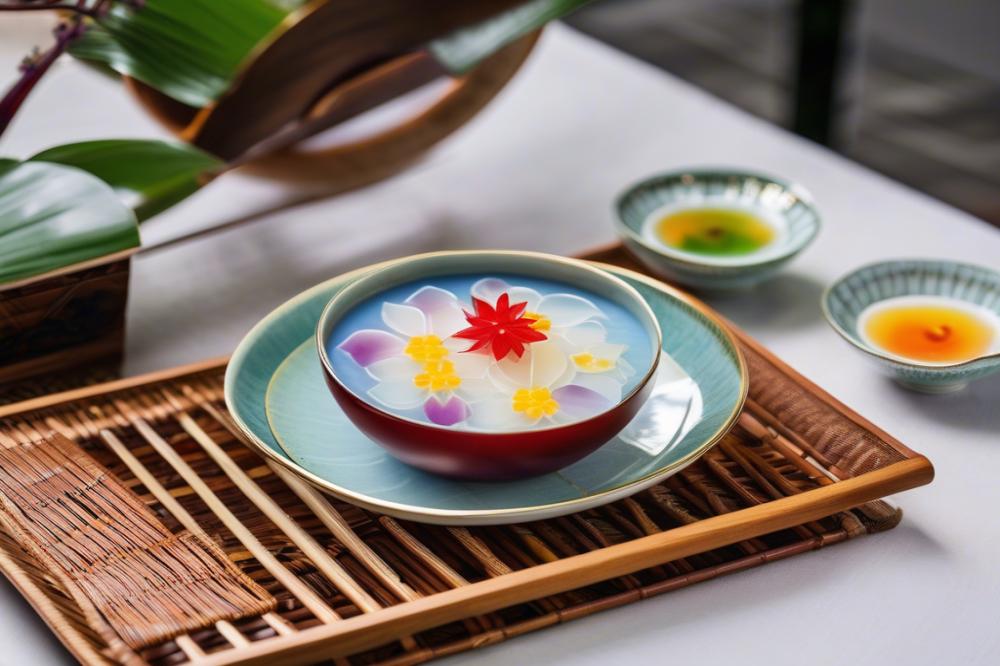Significance of Chè Thạch in Vietnamese cuisine
Chè Thạch, a popular Vietnamese Dessert, captures the essence of sweet delights in Vietnam. This jelly dessert holds a special place in the hearts of many. It’s a refreshing snack that people enjoy, especially during warm weather. In various parts of Asia, jelly desserts like this one have become favorites due to their lightness and vibrant flavors. The use of coconut milk adds creaminess, while ingredients like mung beans and pandan leaves provide character and a unique taste.
The colorful presentation is one of its most appealing aspects. Layers of vibrant jelly shimmer in bowls, making it almost too beautiful to eat. Each bite is a visual treat, inviting both adults and children alike to dive into a bowl of happiness. Roots in tradition surround this sweet treat, connecting people to their heritage and family recipes passed down through generations. Enjoying Chè Thạch is not simply about taste; it’s about experiencing cultural history.
This dessert is also significant for those following a vegan lifestyle. Made primarily from plant-based ingredients, it aligns perfectly with the growing trend of veganism. Whether enjoyed at a festive occasion or as an everyday indulgence, this dessert never fails to impress. Its ability to be both a healthy choice and a delightful sweet treat makes it stand out among typical snacks. Overall, the charm of this Vietnamese Dessert lies in its simplicity and versatility, making it a beloved option across generations.
Chè Thạch: A Brief History
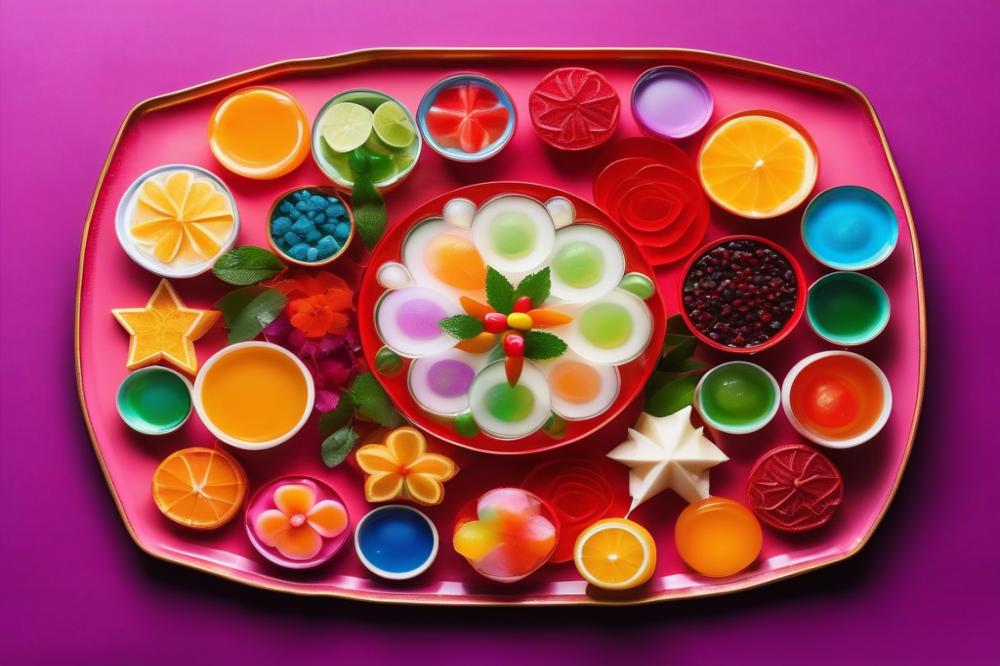
The story of Vietnamese jelly desserts begins with a blend of cultural influences. Over the years, Chè Thạch has evolved into a staple in Vietnamese cuisine. Originating from ancient recipes, this sweet treat showcases the country’s agricultural resources. Rice, beans, and coconut are just a few examples of the ingredients that shaped its development.
In Vietnamese culture, desserts play a significant role in celebrations. Families often serve this colorful dessert during festivals and special occasions. Birthdays, weddings, and Lunar New Year festivities are just some events where Chè Thạch appears. However, it is not only reserved for special days; many enjoy it as a refreshing snack during hot weather. The casual presence of this jelly dessert in everyday life highlights its popularity.
Different regions of Vietnam have put their own spin on traditional recipes. For example, some areas use mung beans and pandan leaves for added flavor and aroma. Others might incorporate fruits like mango or banana. The variety keeps the dish exciting and allows people to explore different tastes. This adaptability has contributed to its enduring appeal as a vegan dessert enjoyed by many.
Moreover, Chè Thạch represents much more than just a treat. It mirrors the resourcefulness of Vietnamese cooks who transform simple ingredients into an extraordinary dessert. The array of colors and textures make it visually appealing as well. Each bowl offers a delightful experience filled with unique flavors that tell a story.
Ingredients and Cooking Instructions
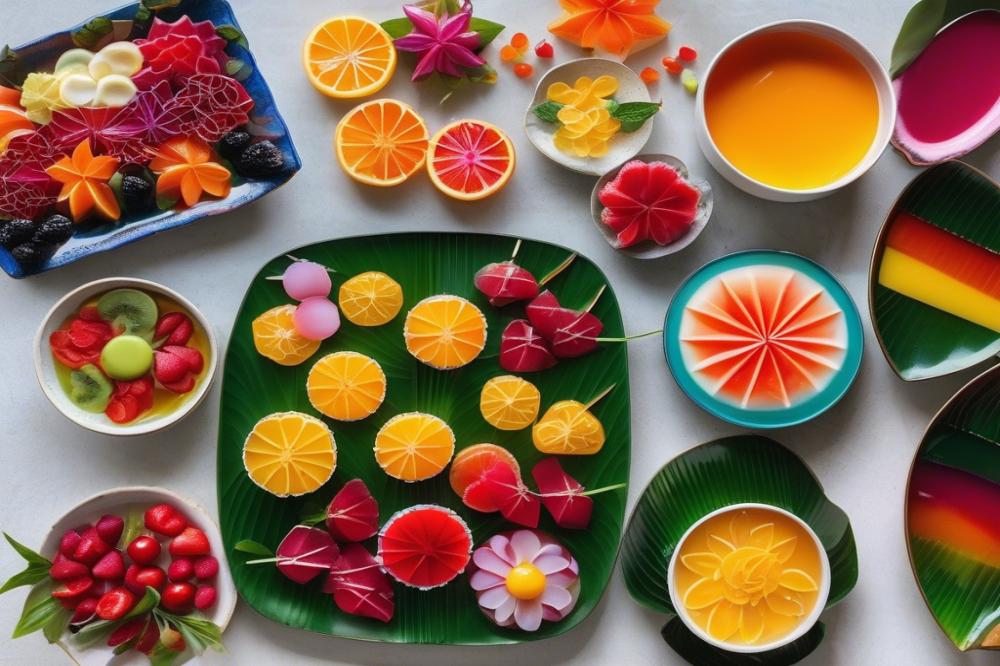
To create a delightful jelly dessert, gather the following ingredients:
- Mung beans – 200g
- Agar-agar powder – 10g
- Coconut milk – 400ml
- Sugar – 150g (adjust to taste)
- Pandan leaves – 2-3 leaves
- Water – 1 liter
- Food coloring (optional)
Cooking this Asian dessert is straightforward. Follow these step-by-step instructions:
Begin by soaking the mung beans in water for a few hours. This helps to soften them. After soaking, steam the mung beans until they are tender. Save the cooked beans for later.
Next, prepare the gelatin base. Use the agar-agar powder as directed on the package. Dissolve it in hot water, stirring well to avoid clumps. Once fully mixed, set this aside to cool slightly.
In another bowl, take the steamed mung beans and combine them with sugar. Blend the mixture to form a smooth paste. This sweet treat has a lovely texture and flavor.
Now it’s time to create a rich coconut layer. In a saucepan, boil the coconut milk along with the pandan leaves. The leaves infuse a unique aroma that enhances the dessert’s taste. Let it simmer gently for a few minutes.
Layering is the fun part. Take your molds and start with a layer of mung bean paste. Pour a layer of the agar-agar mixture on top. Alternate between the mung bean paste and the gelatin base. Allow each layer to set slightly before adding the next.
Once all layers are added, chill the molds in the refrigerator. It usually takes a few hours for the jelly dessert to firm up completely. After it sets, remove the dessert from the molds.
Cut the colorful dessert into various shapes for serving. This vegan dessert is refreshing and looks beautiful on any table. Enjoy your homemade Chè Thạch as a delightful treat!
Nutritional Information
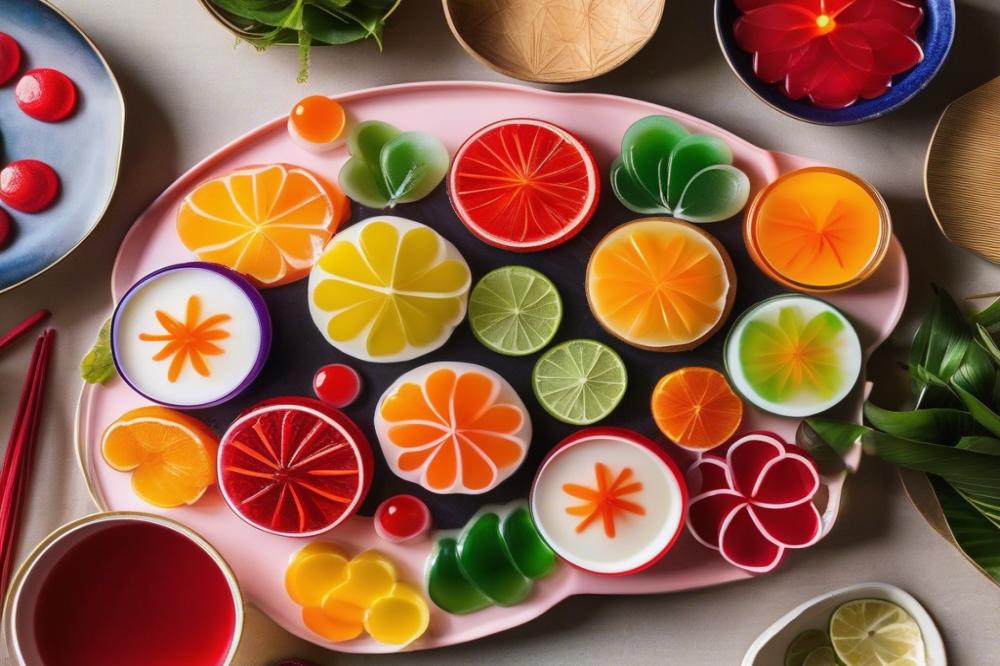
This jelly dessert is not only a treat for the taste buds but also a nutritious option. Mung beans are the main ingredient, offering a good protein source. They contain about 24 grams of protein per 100 grams. These legumes are low in fat, making them a healthy choice for various diets.
Carbohydrates are present in mung beans, contributing around 60 grams for every 100 grams. This gives you energy without empty calories. The dietary fiber found in them is essential for digestion, with about 16 grams per serving. Eating foods high in fiber can help you feel full and satisfied.
Coconut milk brings a creamy texture to the dessert. While it’s rich in flavor, it’s also calorie-dense. With roughly 230 calories per 100 grams, coconut milk is high in fat, primarily healthy fats. These fats can aid in nutrient absorption while adding a delicious taste.
When looking at vitamins and minerals, mung beans shine once again. They are rich in B vitamins, necessary for energy metabolism. Minerals such as iron and magnesium are also present, supporting overall health.
Agar-agar, another key ingredient, is derived from seaweed. It is low in calories and provides very little nutritional value, but it thickens the dessert wonderfully. This vegan ingredient is ideal for anyone seeking a plant-based option. The satisfying texture it provides makes it a favorite in many Asian desserts.
The colorful dessert often incorporates pandan leaves, adding both visual appeal and a unique flavor. This refreshing snack is not just pretty; it also holds health benefits. With its low-fat content and high protein, it fits nicely into a vegan lifestyle. You can enjoy a sweet treat without guilt.
In summary, if you are looking for a traditional recipe that combines taste and nourishment, this dessert is an excellent choice. Each ingredient plays a role in making this Asian dessert both delicious and beneficial. Enjoy every bite knowing you are making a healthy decision.
Serving Suggestions and Variations
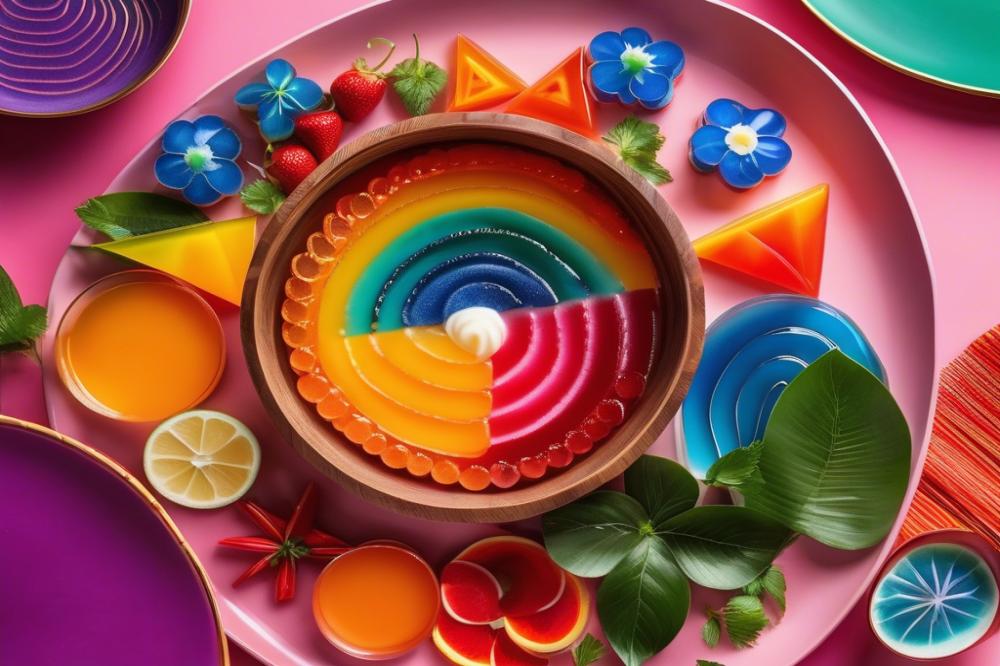
Serving Chè Thạch can be a fun and creative experience. Begin by thinking about the toppings that can enhance this jelly dessert. Grated coconut adds a delightful texture, while colorful fruit slices can make the dish visually appealing. For those who like extra sweetness, drizzle some syrup over the top. This sweet treat becomes even more enjoyable this way.
Flavors and colors in this Asian dessert can take many forms. Natural dyes are a fantastic option. For example, using beet juice can create a striking red, while juice from blueberries offers a lovely shade of blue. These colorful options not only beautify the dessert but also provide a creative outlet.
Incorporating seasonal fruits into the recipe enhances freshness and taste. During summer, adding mango or strawberries can give a tropical twist. In winter, citrus fruits like oranges or grapefruits can brighten up the dish. Seasonal ingredients not only elevate the flavors but also make eating this refreshing snack more exciting.
Mung beans are a traditional ingredient in many recipes. They add a creamy texture and protein, making the dessert not only delicious but also nutritious. Blending them with coconut milk creates a rich, velvety base that complements the jelly well.
Variation is key to enjoying this delicious jelly dessert. Experimenting with herbs like pandan leaves can introduce a unique flavor. The essence of pandan adds a pleasant aroma and an exotic taste. This can quickly become a favorite twist among friends and family.
Cultural Significance and Modern Trends
The Vietnamese jelly dessert, known for its vibrant colors and delightful textures, has gained popularity beyond Vietnam’s borders. Many people outside the country are discovering this sweet treat as they explore Asian dessert options. Chè Thạch has become a staple in various dessert shops, especially those specializing in Asian cuisine. Because of its appeal, it draws in customers looking for something different.
In cities around the world, you can find this refreshing snack proudly displayed in dessert menus. The traditional recipe incorporates coconut milk and ingredients like mung beans and pandan leaves, which offer a burst of flavor. However, chefs are now creating modern twists on this classic. There are fusion recipes that blend Chè Thạch with elements from other culinary traditions. This experimentation attracts a diverse crowd eager to taste something new.
Creative minds have also embraced the vegan dessert trend, making Chè Thạch accessible to those who follow plant-based diets. Organic options and natural sweeteners have made their way into the jelly dessert, appealing to health-conscious consumers. Colorful dessert presentations have become a form of art, inviting everyone to indulge in this joyful experience.
Innovations in flavors and textures continue to emerge as chefs experiment with various ingredients. Matcha, for instance, is being added to the mix, bringing a distinct flavor while enhancing the aesthetic appeal. Other variations might include tropical fruits, adding a refreshing twist that resonates with many cultures. The transformation of a traditional dish into something global highlights its universal charm.
Final Thoughts on Chè Thạch
Chè Thạch holds a special place in Vietnamese cuisine, reflecting the country’s culture and traditions. This jelly dessert celebrates freshness and creativity through its colorful layers and varied textures. Many people enjoy it as a refreshing treat, especially on warm days. The combination of flavors and ingredients makes every bite a delightful experience.
Trying the recipe at home offers a chance to appreciate the beauty of this Asian dessert. It’s not just about following steps; it’s about exploring and personalizing your creation. Feel free to experiment with different fruit flavors, toppings, or even sweeteners. Your version can be as unique as your personality.
Vietnamese jelly dessert is more than just food; it is a representation of family gatherings and festive occasions. Whether served at a party or enjoyed during a quiet evening, it creates connections and sparks joy. Don’t miss the opportunity to dive into this wonderful dish. Making Chè Thạch can be a fun, rewarding activity that brings together loved ones in the kitchen.

